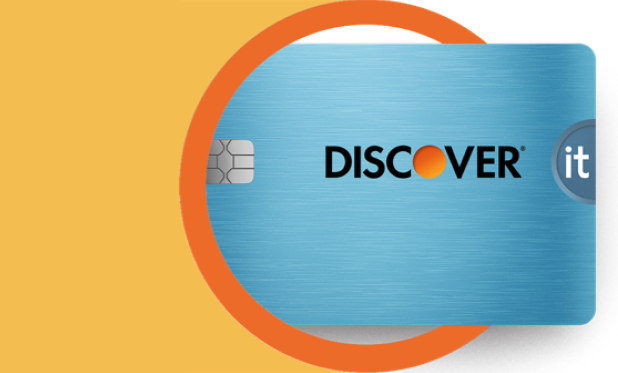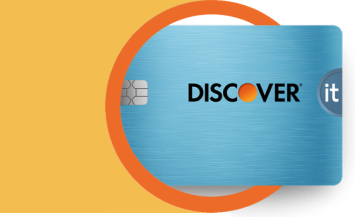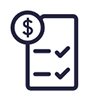Sometimes, credit card purchases go wrong. You might accidentally get charged twice for the same purchase. Or maybe you order something online, but it never shows up. Fortunately, you can reverse the transaction by initiating a chargeback from your credit card issuer. But you may be wondering—what is a chargeback?
Here’s everything you need to know about a credit card chargeback, including when to request one, what to expect after you initiate the chargeback process, and how to avoid chargeback fraud.





